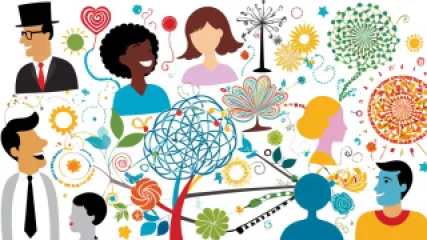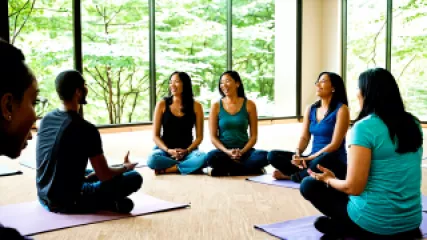How to Harness the Benefits of Daydreaming for Improved Focus and Creativity
for 1 år siden
Fordele ved Dagdrømmeri
Cultivating Self-Compassion: A Step-by-Step Guide
for 1 år siden
Selvmedfølelsesteknikker
How to Cope with Emotional Abuse: 7 Strategies for Healing
for 1 år siden
Helbredelse fra Følelsesmæssigt Misbrug
10 Powerful Self-Compassion Techniques to Boost Your Well-Being
for 1 år siden
Selvmedfølelsesteknikker
The Psychology Behind Humor: A Research Summary
for 1 år siden
Humorens Psykologi
5 Essential Healing Exercises for Divorcees
for 1 år siden
Håndtering af Skilsmisse
Embracing the Wait: A Personal Journey of Mindfulness
for 1 år siden
Ventens Psykologi
Understanding Strategies for Coping with Personal Crises
for 1 år siden
Håndtering af Personlige Kriser
Finding Strength in Online Peer Support: My Journey to Better Mental Health
for 1 år siden
Fordele ved Jævnaldrende Støtte
Mastering Self-Compassion Techniques: The Ultimate Guide
for 1 år siden
Selvmedfølelsesteknikker
Exclusive Interview: Insights from Overcoming Envy Workshops Facilitator
for 1 år siden
Håndtering af Misundelse
Expert Insights: Strategies for Overcoming Personal Crisis
for 1 år siden
Håndtering af Personlige Kriser
Understanding the Therapeutic Benefits of Comedy Therapy
for 1 år siden
Humorens Psykologi
Embracing Gratitude: A Refreshing Perspective on Dealing with Envy
for 1 år siden
Håndtering af Misundelse
Mastering Mindfulness: The Ultimate Guide to Personalized Mindfulness Sessions
for 1 år siden
Mindfulness















